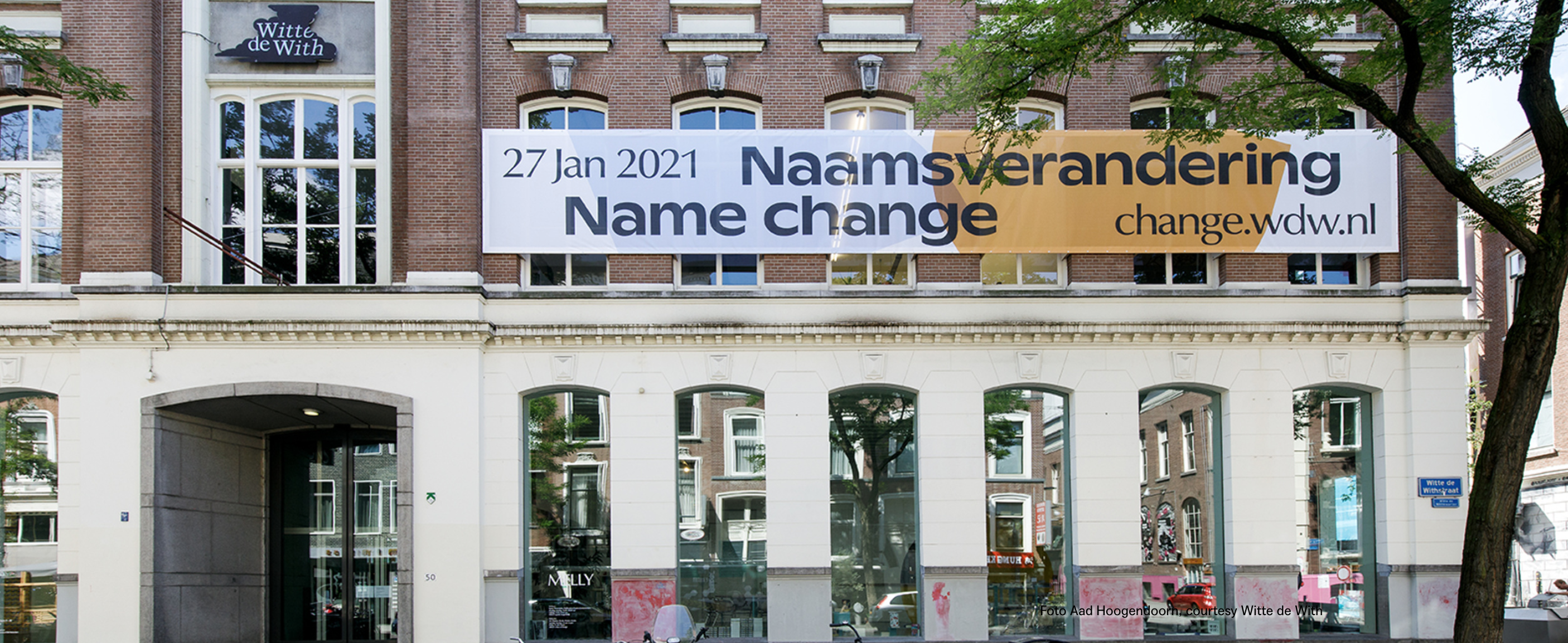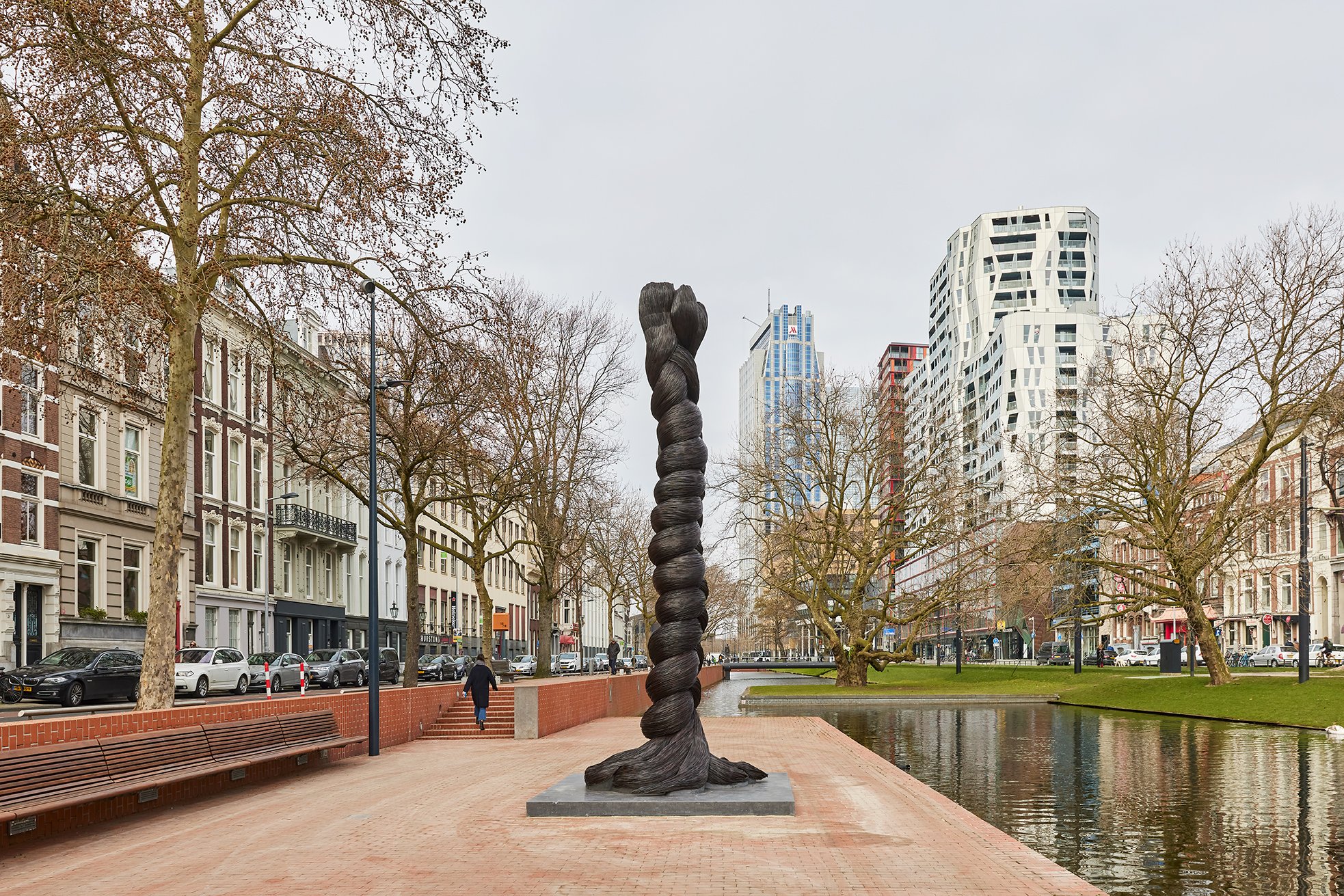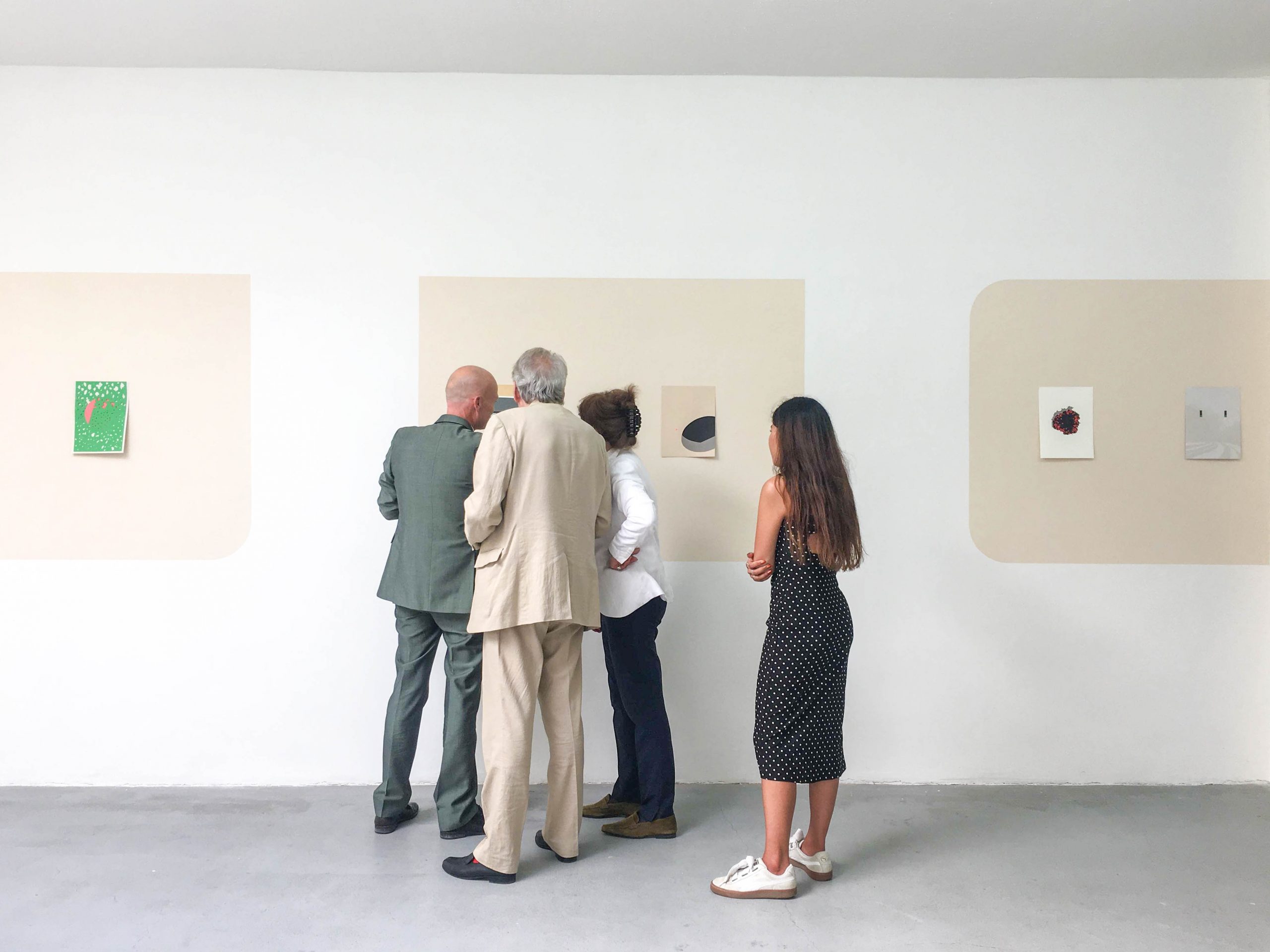
The Witte de With name change is a fact
Kunstinstituut Melly will be the new name of the institute formerly known as Witte de With Center for Contemporary Art. The new name will come into effect on 27 January 2021.
The contemporary art institution is founded in 1990 and located on the Witte de Withstraat.
On 14 June 2017 a group of cultural professionals, artists and activists published an Open letter to the insitution. Their letter openly challenged the center for dealing with an art project on decolonization without having regarded, to begin with, the institution’s namesake. The namesake refers to the street, named after a seventeenth century Dutch naval officer of the VOC and WIC, Witte Corneliszoon de With. Not only did this lead to a breakthrough in an ongoing debate about the process of decolonization in the Netherlands, but the criticism also made the center aware of the need to strengthen work on the issues surrounding representation. In the face of this predicament, on 7 September 2017, we vowed to make a name change. On 27 June 2020, they withdrawled their thirty-year-old name “Witte de With Center for Contemporary Art”.

Name refers to accountability, vulnerability and responsiveness
Director Sofía Hernández Chong Cuy says that, “the institution’s renaming responds to the claims raised by the larger decolonial movement in such a way that the new name, even by evocation, cannot disregard this moment. In this sense, our ongoing project Melly has come to stand for a work culture that fosters public engagement, deep listening, and collective learning.
It is a name that refers to accountability, vulnerability and responsiveness, and ensures that we continue to develop into an increasingly hospitable and intrepid cultural institution.”
Melly, female “anti-hero”
The name “Melly” originally refers to the artwork “Melly Shum Hates Her Job” (1990) by Canadian artist Ken Lum, permanently installed on the facade. This work of art has acquired iconic status locally and was replaced at a wide public request. “Melly” has come to represent a working-class female “anti-hero” as well as a new relationship between the institution, the street, the city and its communities.
Magazine
Rotterdam Art Week 2022 Review
retrospect Rotterdam Art Week 2022
...
Read more

Sculpture Park: New part of Art Rotterdam emphasizes ties with the city
Rotterdam has an internationally unique collection of more than 50 large public works of art...
Read more

#ASK: Marten van Middelkoop & Joost Dingemans from Plasticiet
Plastic has a reputation problem, in part because many people tend to think of organic...
Read more

#ASK: Tom Barman
On Tuesday 17 May at 17.00, an exciting solo exhibition will open by the Belgian musician, director and photographer Tom Barman. The opening will also mark the official opening of...
Read more

#ASK: Johannes Langkamp
You may have already spotted the innovative work of the German artist Johannes Langkamp in the new exhibition 'Art is the Antidote' in Museum Voorlinden. Or in the new depot of Museum...
Read more

#Ask: Fela Donker of the Kunstenaarsbal
Are you ready for a unique party in which visual art, photography, performance, theatre, audiovisual art and music come together? At the Kunstenaarsbal in De Doelen you get a chance...
Read more

Featured: M4H during Rotterdam Art Week
During Rotterdam Art Week, you should definitely explore the dynamic Merwe Vierhavens area, which owes its name to the four ports that are located in this neighbourhood. Besides classics like...
Read more

#ASK: Houcem Bellakoud
On 21 and 22 May, Unity in Diversity (UID) will present the Art Market, in...
Read more

#ASK: Erika Vati from Art Index Rotterdam & tour partner Anne-Marie Ros
Of course, you two are insiders when it comes to art, culture and design in...
Read more




